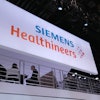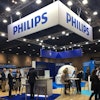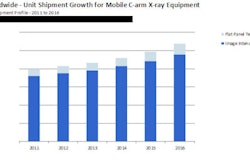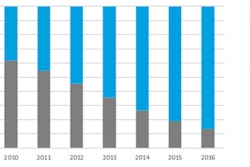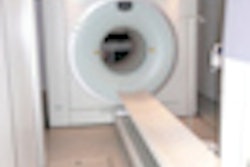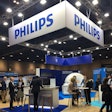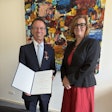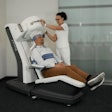The ever-expanding range of breast-imaging technologies will reach a market value of approximately $5 billion by 2017, according to a market research report by MarketsandMarkets.
The existing and emerging technologies profiled in the report are segmented into radiation-bearing exams and nonionizing tests, the firm said. Ionizing breast imaging modalities include film-screen mammography, full-field digital mammography (FFDM), 3D breast tomosynthesis, conebeam CT (CBCT), positron emission mammography (PEM), molecular breast imaging (MBI), PET, and breast-specific gamma imaging (BSGI). The various nonionizing modalities for breast screening include breast MRI, optical imaging, breast thermography, and breast ultrasound.
Mammography is the principal modality, followed by MRI, and FFDM is widely accepted for breast cancer screening, the firm said. FFDM comprises more than 45% of the breast imaging market, but the technology's negatives have allowed alternative modalities to attain increasing significance.
Physicians and healthcare providers are still reluctant to use breast MRI owing mainly to its high investment costs, though new pathways to MRI are being developed in hopes of finding a more cost-effective way to incorporate it into clinical practice.
CBCT and whole-breast ultrasound are also gaining ground as their quality continues to improve, with a few scanners now available in the market, the firm said. MBI is emerging as a supplemental modality for women with dense breasts. Patient comfort is a main advantage of optical imaging and CBCT because both are performed without breast compression, the report states.

